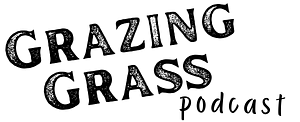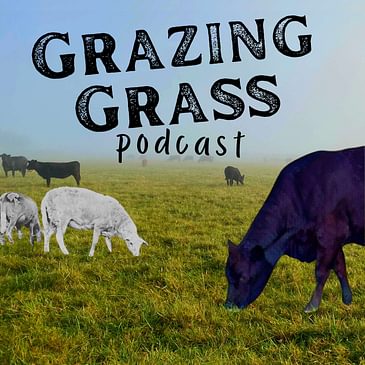Listen in as I share the inspiration behind my latest discussion on the Lasater Philosophy of Cattle Raising, a methodology deeply rooted in my livestock upbringing and influenced by Allen Williams' insights from the Herd Quitter podcast. We walk through the foundational principles of cattle breeding, emphasizing the crucial role of disposition and the benefits of cultivating calmer, more manageable herds. Personal anecdotes shed light on the significance of these practices, and I explore how low-stress handling techniques not only enhance animal welfare but also contribute to the efficiency of day-to-day farm operations.
This conversation extends into the essential components of a successful livestock breeding program, as we talk about the importance of milk production as a performance indicator, selecting the right breed, and the strategic investment in quality genetics. We consider the intricacies of creating a closed herd, the compatibility of management styles, and the impact of animal temperament on breeding outcomes. I encourage our Grazing Grass community to join the discussion, sharing their own experiences and insights into the rich tapestry of cattle raising philosophy.





